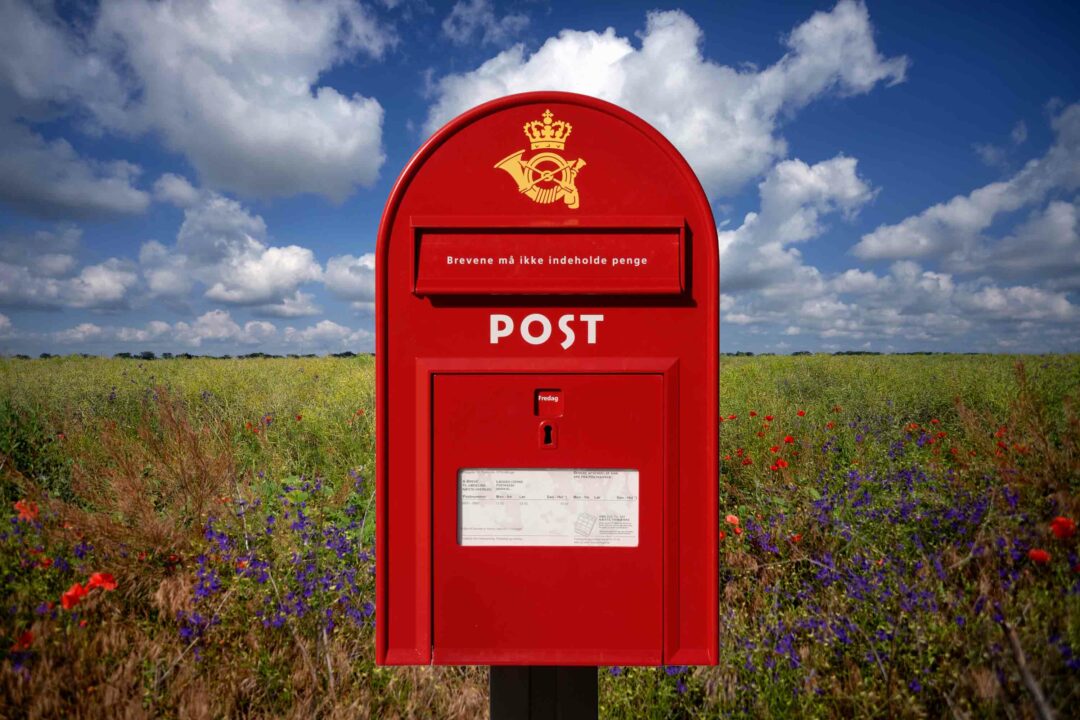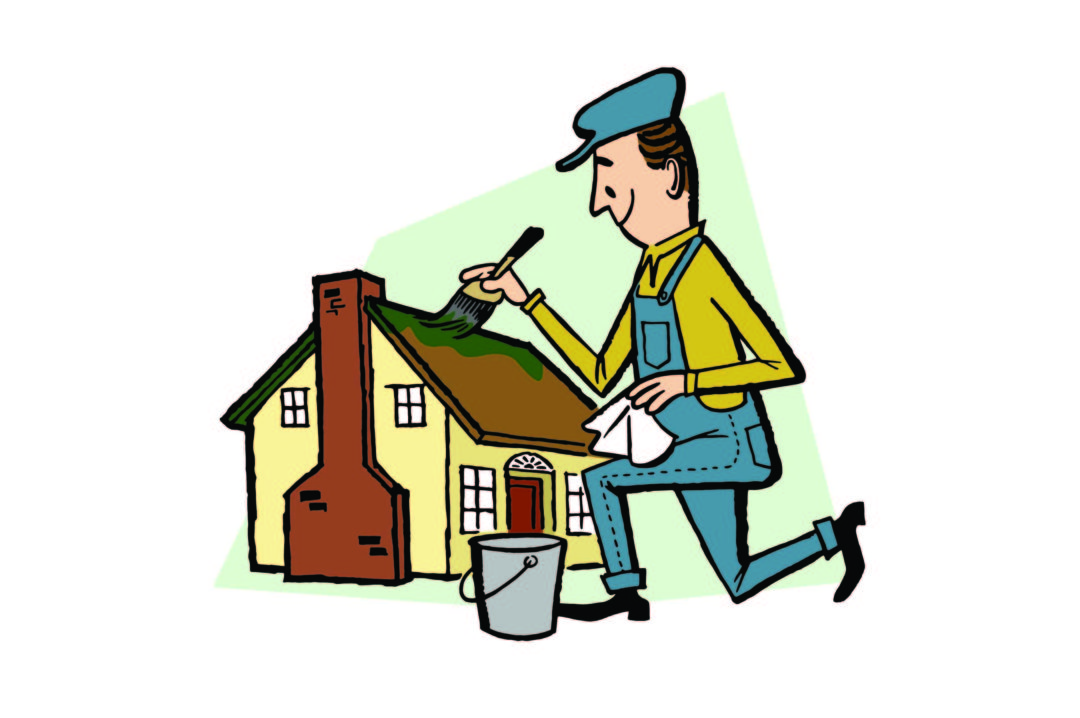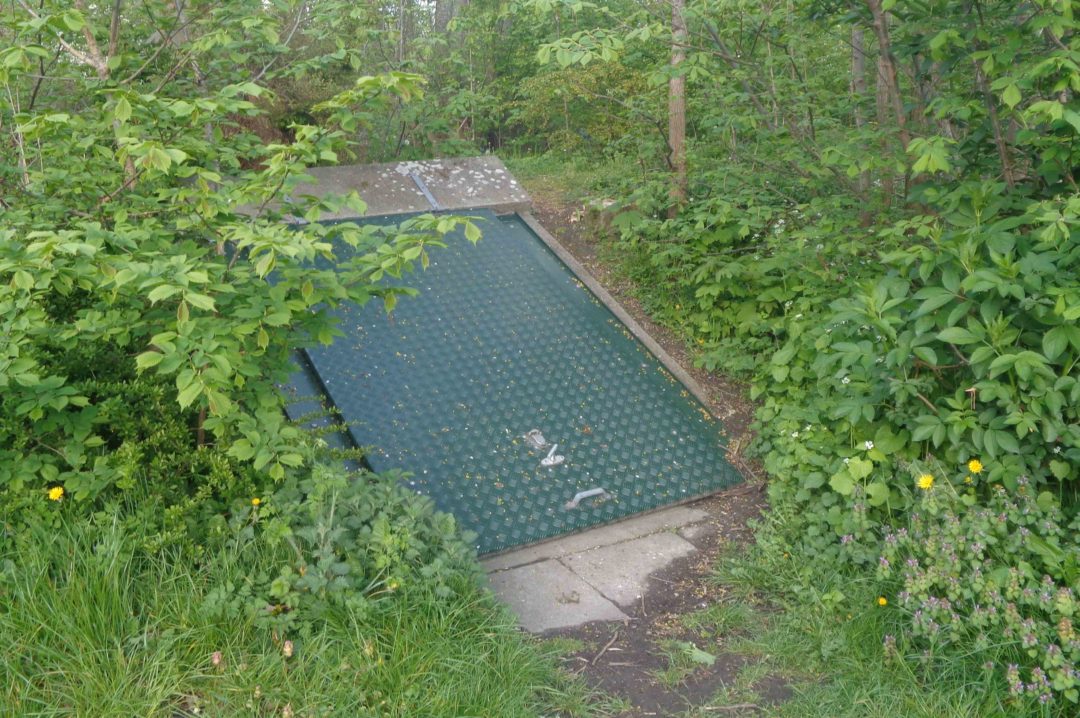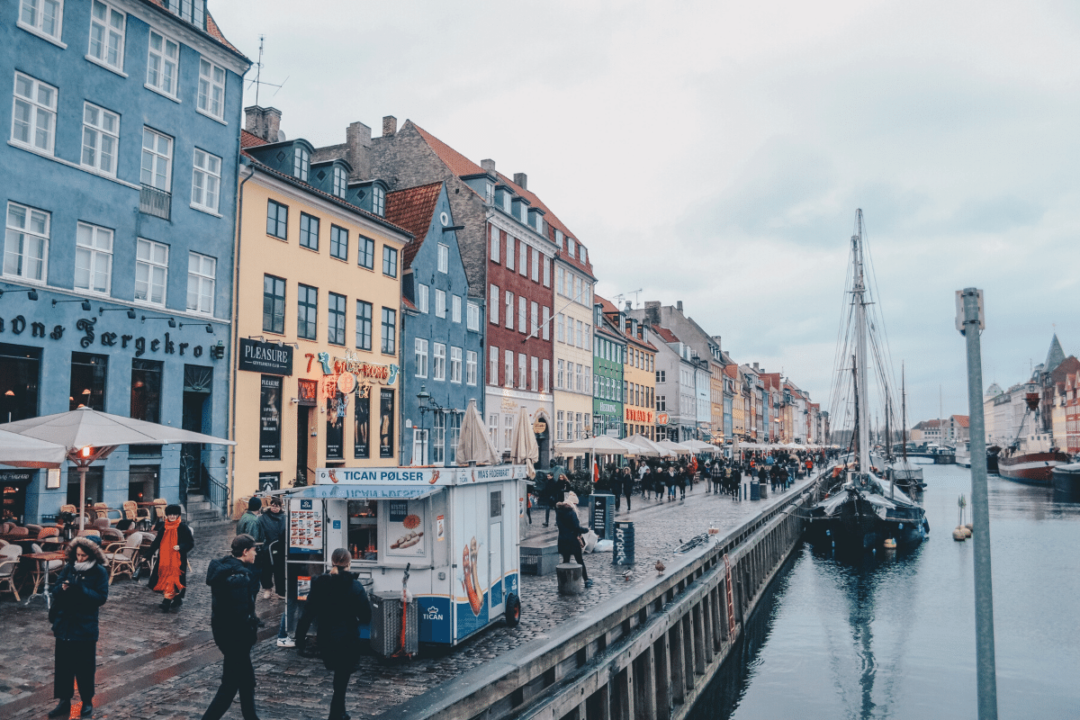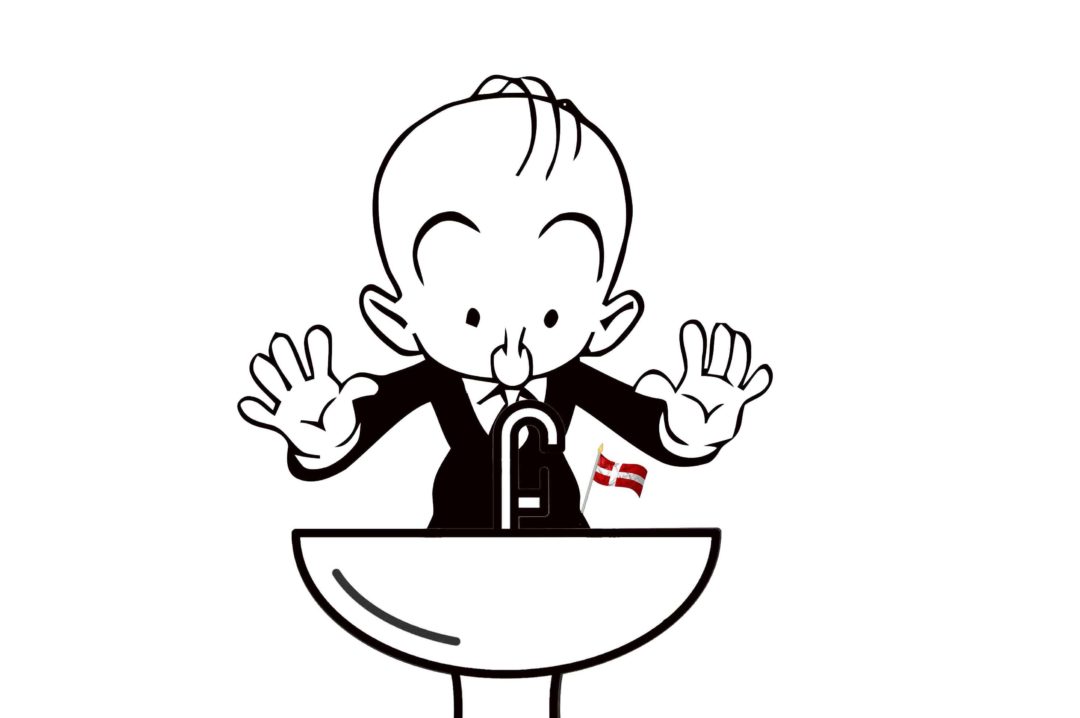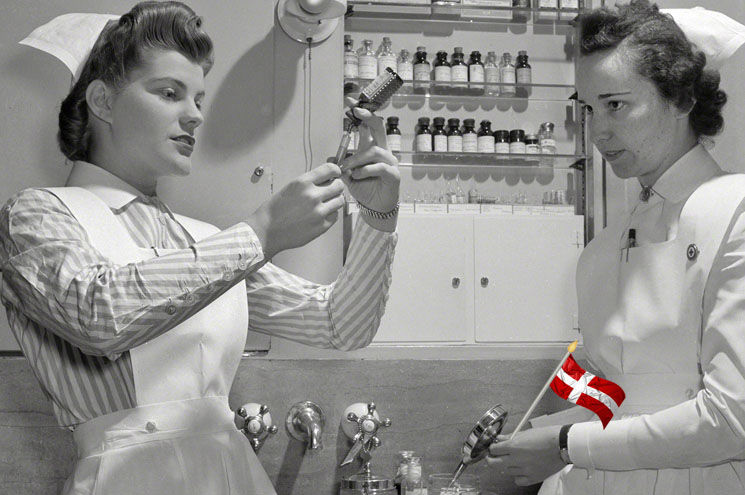When you’ve been an international in Denmark for a while, as I have, you sometimes forget what it was like to arrive here for the first time and know nothing.
I remember arriving just about this time of year and being astonished by all the public holidays in spring. I’d arrived to work, but the office kept shutting down.
Now one of my various gigs is cultural training for newcomers, paid for by the big corporations that bring them here. The questions they ask bring me back to the time when I first arrived.
One of the most popular questions is pretty basic: How do I send a letter in Denmark? What does a postbox look like? Where do I buy a stamp?
Postbox Red
First of all, you can buy a stamp through your phone. Denmark is a highly digitalized society, you rarely use cash for anything, and you can pay to mail your letter through an app. It will give you a nine-digit code that you write in the space where the stamp usually goes.
Then you drop it off in one of the red postboxes that can still be found around Denmark, even though the Swedes took over the postal service a few years ago and repainted everything else to do with the post office Swedish blue, including the carriers’ uniforms.
The red post boxes survived, maybe out of nostalgia. You will frequently hear Danes describe a color as “postbox red.”
The Swedes also sold off all the good real estate that Denmark’s post offices used to occupy, so Denmark doesn’t have post offices any more. If you want to send a package that can’t fit in the postbox, you take it to a special counter in one of the big supermarkets.

